
A century ago, on 18th of October 1917, on the south bank of river Ganges near Didarganj, Patna; a female figure dating back to the Mauryan Period was accidentally unearthed. Neither the villagers who dug out the figure, nor its mentors who retrieved the figure into the newly established Patna Museum, had imagined then, that the icon was going to be a legend in archaeology and art-history. Connoisseurs feel that the nymph of this 2000 years old Chunar sand-stone surpasses the charm of the Aphrodite and the smile of Mona Lisa dims before the mesmerising smile radiating out of this bizzare beauty.
You are invited to feel the hypnotic aura of this enchanting figure.........
Introduction of the Play
“Yakshini” is the first play in Hindi literature written on an antique artifact of archeological importance, the Didarganj Chauri Bearer Female Figure, popularly known as Didarganj Yakshini, presently exhibited in Patna Museum, Patna. This play has been published in the category of public museology and theatre, by Sunita Publishing House Patna.
The play depicts the historical facts related to this world famous icon and the story of its excavation and retrieval to the Patna Museum, Patna, in 1917. Additionally, a fictitious story of the sculpting of this figure in 300 BC has also been told in this drama which helps audience to connect themselves with the icon and to learn about the same with enhanced interest and aptitude.
Story
This play consists of two acts. In act-1, story of its excavation and retrieval has been fabricated in an entertaining manner around the documented facts with all real characters of the episode in 1917. All physical, historic, aesthetic and archeological characters of the icon have been explained in this act through the dialogues of the characters which are easily graspable and interesting so that the audience learns everything about this sculpture while entertaining themselves.
There is always an unanswered question about the 'master' and the 'model' of an antique masterpiece which lacks of a decipherable inscription, such as Didarganj Yakshini. Many wild imaginations regarding the creation of the figure may float in the mind of a person while watching the figure. In act-2 of the play, such a fictitious story has been fabricated within the limits of the historical facts and the epoch of time, portraying a sculptor, a model and the circumstances leading to the sculpting of this masterpiece in 300 BC.
A special consideration about the 'public interpretation' of this artwork at the time when sculpture was unearthed has been made in this literature. According to Richard H. Davis, there is always a 'cult value' of images in a particular culture or community, but Dr. D. B. Spooner, who played an important role in retrieval of the image to the Patna Museum and wrote a report on Didarganj Image in the Journal of Bihar and Orissa Research Society in 1919, considered only the “exhibition value” of the icon and didn't enquire what the locals opined about the image. If they were worshiping the icon, what did they think of this icon?
In this play, the writer has made a logical conjecture of what the villagers would have thought of this image on the basis of traditional belief and cult-practices.
This play is the first in the series of infotainment plays produced by FACES.
Objective
Love and respect for the antiquities, monuments and heritage are hallmarks of a civilized and intellectually developed society. We must create awareness and curiosity for ancient monuments, artifacts and antiquities among the masses to maintain and preserve our heritages. Didarganj Yakshini is a figure serving as a watermark for the aesthetic and technical excellence of ancient Indian iconology. The play based on its excavation and sculpting is a new experiment in theatre, analogous to documentary infotainments in cinema; and it will serve as a strong tool for mass-education and mass-motivation.
Director
Sunita Bharti
Writer
Arvind Kumar
Research
Dr. Shankar Suman
Guidance
Shiv Narayan Jha (Kunal)
Special Thanks
Dr. Shiv Kumar Mishra
Dr. Umesh Chandra Dwivedi
Dr. Chitranjan Prasad Sinha
Music & Light Concept
Gunjan Kumar
Costume
Sunita Bharti
Act - 1
-
Bulakani: The washerwoman (of village Tajpur-Rasulpur, Didarganj Kadam Rasul, where icon was found) who cleans the cloth on the pedestal of underground chowry-bearer in 1917. (Played by Sunita Bharti)
-
Aklu, Rhman, Janki, Dashain and Badaruddin: Labourers (of the aforesaid village) who helped in digging the chowry-bearer out of earth. (Played by Vishendra, Narayan Raghuraj, R. Narendra, Vishal Kumar and Md. Sadaruddeen)
-
Bhunesar Pande: Hindu priest of the aforesaid village. (Played by Mithilesh Kumar Sinha)
-
Narendra: Student of Patna college hailing from the aforesaid village. (Played by Chinmoy Maji)
-
Gulam Rasul: Son of the Kaji of the aforesaid village. (Played By Asad)
-
Prof. J. N. Samadar: Professor of Patna College. (Played by Kumud Ranjan)
-
E. H. C. Walsh: Commissioner of Patna, 1917. (Played by Anshuman Kumar)
-
Dr. D. B. Spooner: Superintendent, Archaeological Dept. Eastern Circle. (Played By Abhinav Kashyap)
-
Inspector of Malsalami Thana. (Played by Dr. Shankar Suman)
-
Folk Music Group
-
Orderly of Wlsh (Played by Rohan Mishra)
Act - 2
-
Devi Madhvi: A royal girl of Sravasti, secretly married with Mgadh Emperor and the model of chowry-bearer (Played by Sunita Bharti)
-
Bhadrak: State Sculptor of Magadha (played by Amir Haque)
-
Mahanaman: A retired captain of Mgadha, caretaker of Madhavi. (Played by R. Narendra)
-
Harshdev: Amatya (Minister) of Magadh (Played by Mithilesh Kumar Sinha)
-
Jayraj: Mhanayak (General) of a Magadhan army. (Played by Chandramani)
-
Vyom: Helping hand of Bhadrak (Played by Abhinav)
-
Radha: Maid employed by Bhadrak for Madhavi, par amour of Vyom. (Played by Raj Nandani)
-
Yuvraj: Heir presumptive of Magadhan Throne (Played by Kumud Ranjan)
-
Laghunak and Chhapanak: Spies of Yuvraj (Played by Narayan Raghuraj and Anshuman)
-
Orderly of Amatya (Played by Vishal Kumar)
-
Soldiers

Amir Haque
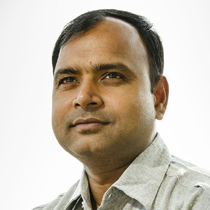
Dr. Shankar Suman

Mithilesh Kr. Sinha
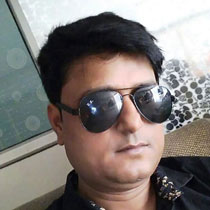
Kumud Ranjan
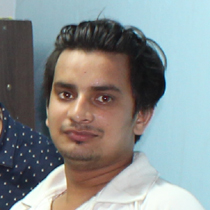
Abhinav
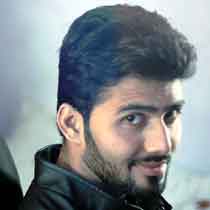
Anshuman
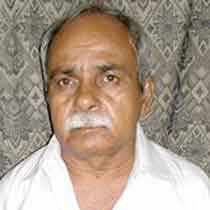
R. Narendra
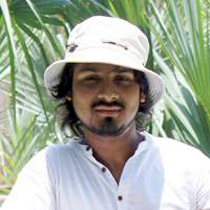
Vishendra N Singh

Raj Nandani
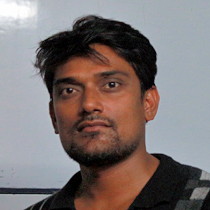
Chandramani

Asad

Vishal Kumar
Narayan Raghuraj
Chinmoy Maji
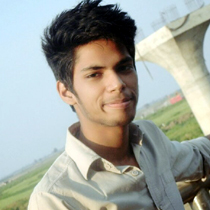
Rohan Mishra
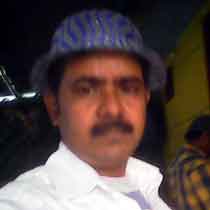
Md. Sadaruddin








